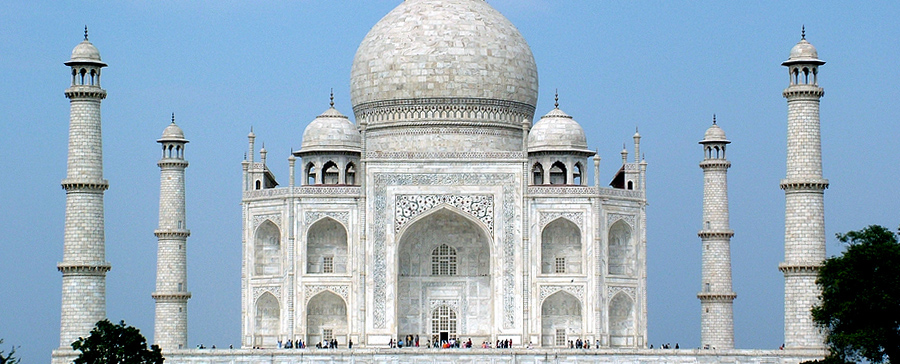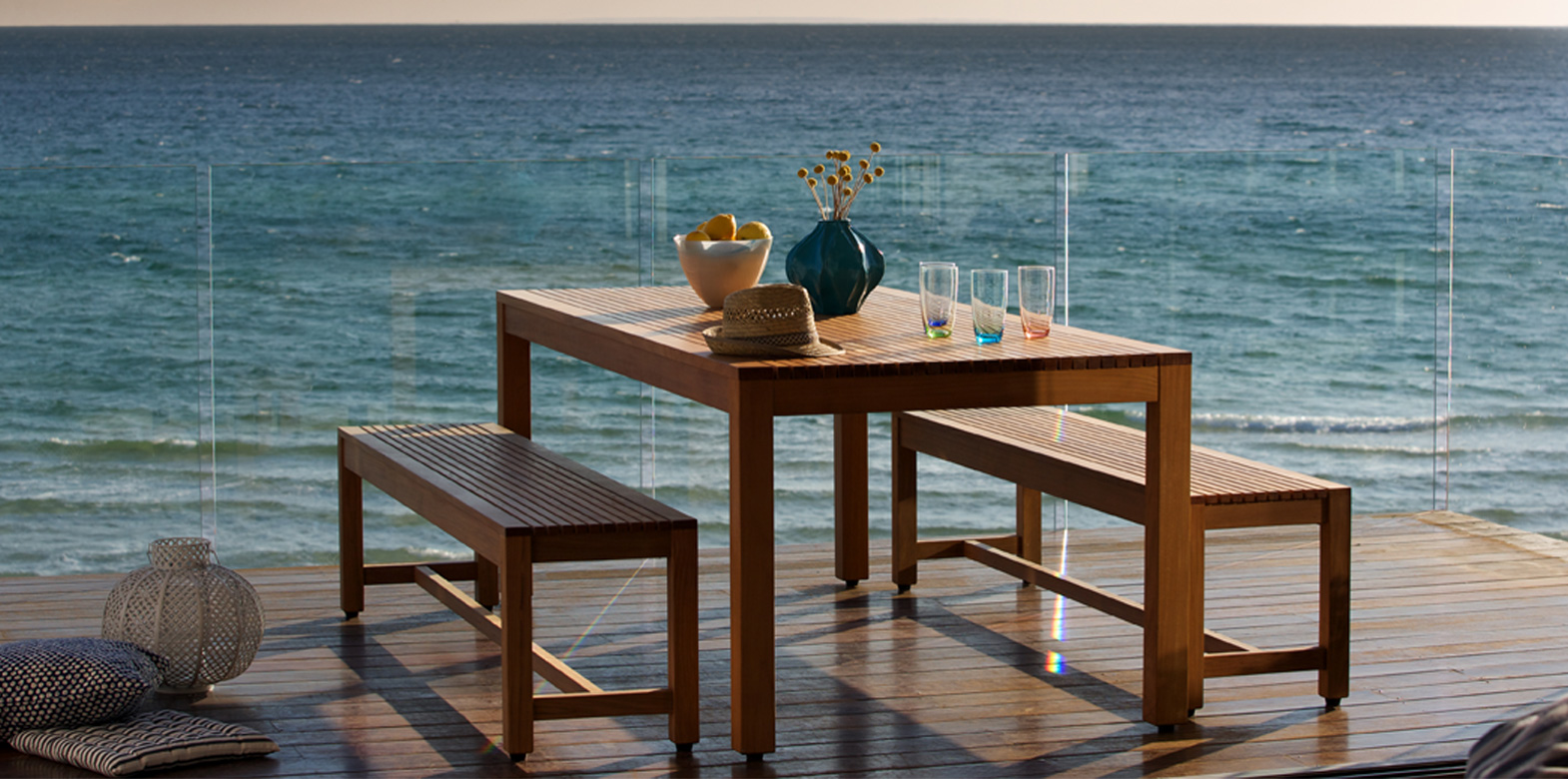While you will be familiar with the use of teak in outdoor and indoor furniture, you may be surprised to know that teak has hundreds of uses around the world. For instance, did you know that behind the beautiful marble of the Taj Mahal in India, is in fact a foundation made of teak?
In fact, the 360 year old structure – which lies beneath the Taj Mahal’s wells – is rotting due to a lack of water caused by the drying of the Yamuna River on which the site is built. After remaining submerged for centuries, the teak structurehas been exposed and is now showing signs of weakness with the four minarets that surround the monument now tilting.
Teak has also been used in boatbuilding for over 2000 years, with teak found in the ancient Greek archaeological site of Berenike – once an important port on the ancient spice route. Not only was teak considered for its high strength, but its resistance to rot, fungi and mildew – as well as low shrinkage ratio – made it ideal for use in water.
Beyond being used as a building material, teak leaves are also used in food preparation and medicine. In India, teak leaves are used in the preparation of jackfruit dumpling, while on the Indonesian island of Java the leaves are used ingudeg, a dish of young jackfruit and as a wrapping for rice. In the Philippines, the leaves have been used to stop bleeding, as a gargle for sore throats and for anaemia.
In other countries, the plaster of powdered wood has traditionally been used for headaches, as an anti-inflammatory, and as a treatment for dermatitis. The trees nut oil has even been applied to the scalp as a baldness cure! Sawdust from teak timber is used as incense in Java, while the root-bark and young leaves are used as a dyeing agent for paper, clothes and matting.
Please note Jati does not endorse, in any way, the above uses of teak.


